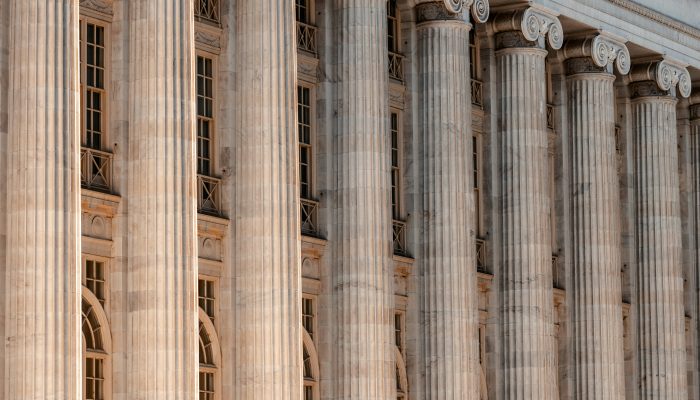Federal judges work to ensure equal justice under the law. Learn about the different kinds of federal judges and the cases they hear.
Article III Judges
Article III of the Constitution governs the appointment, tenure, and payment of Supreme Court justices, and federal circuit and district judges. These judges, often referred to as “Article III judges,” are nominated by the president and confirmed by the U.S. Senate.
Article III states that these judges “hold their office during good behavior,” which means they have a lifetime appointment, except under very limited circumstances. Article III judges can be removed from office only through impeachment by the House of Representatives and conviction by the Senate. Article III judgeships are created by legislation enacted by Congress. Track authorized judgeships from 1789 to present. Track judicial vacancies for Article III judges.
The Constitution also provides that judges’ salaries cannot be reduced while they are in office. Article III judicial salaries are not affected by geography or length of tenure.
Supreme Court Justices
The nine justices of the U.S. Supreme Court are nominated by the president and confirmed by the U.S. Senate. The jurisdiction of the Supreme Court is set out in Article III of the Constitution. The Supreme Court has original jurisdiction over certain types of cases and controversies, such as disputes between the states. The Supreme Court has appellate jurisdiction over other matters as conferred upon the Supreme Court by various statutes, under the authority given Congress by the Constitution.
Court of Appeals Judges
Court of appeals judges, also known as circuit judges, sit in one of the 12 regional circuits across the United States, or the Federal Circuit. They usually sit in a panel of three judges and determine whether the law was applied correctly in the district court, also known as trial court, as well as appeals from decisions of federal administrative agencies and some original proceedings filed directly with the courts of appeals.
You can read the full article at United States Courts.

